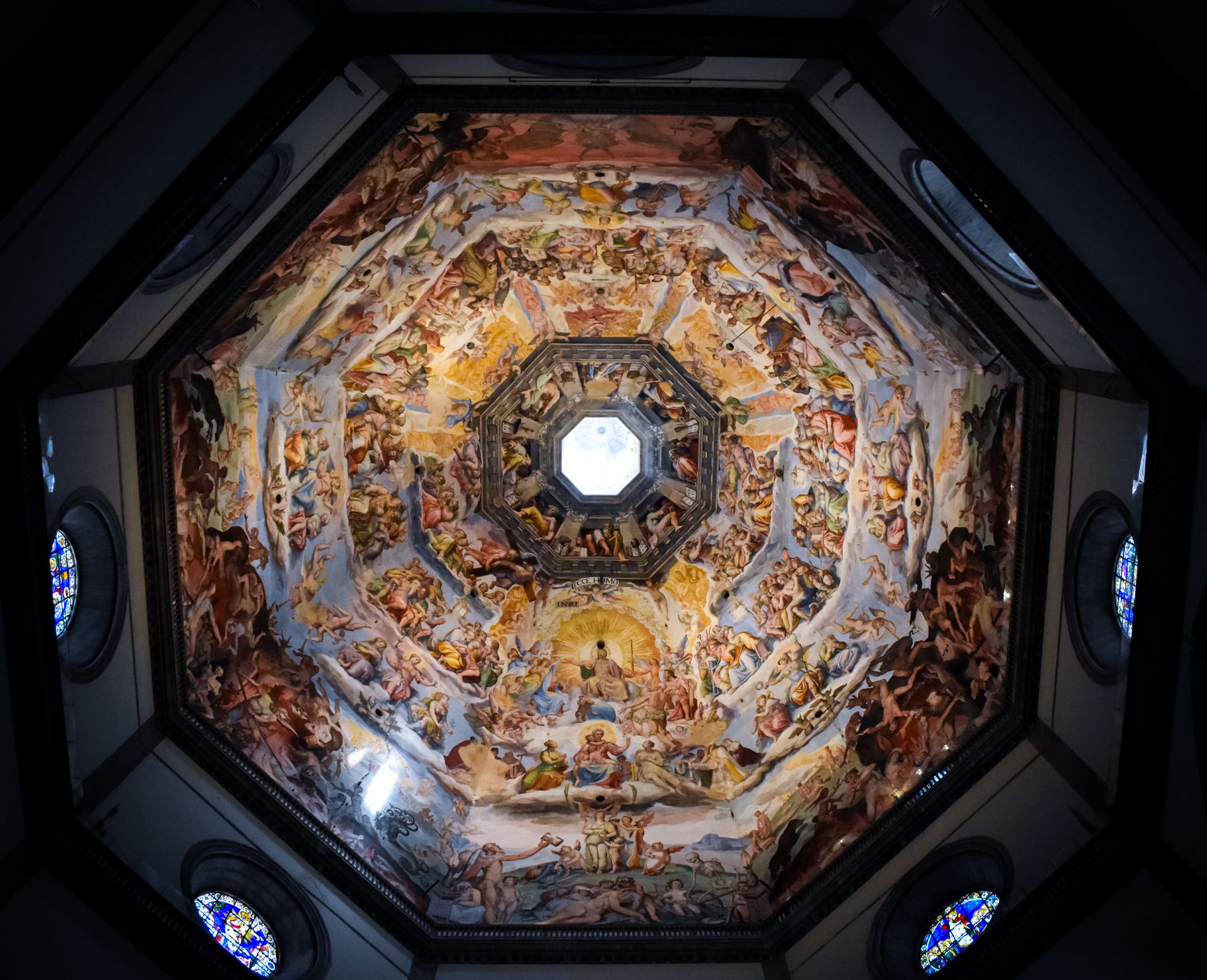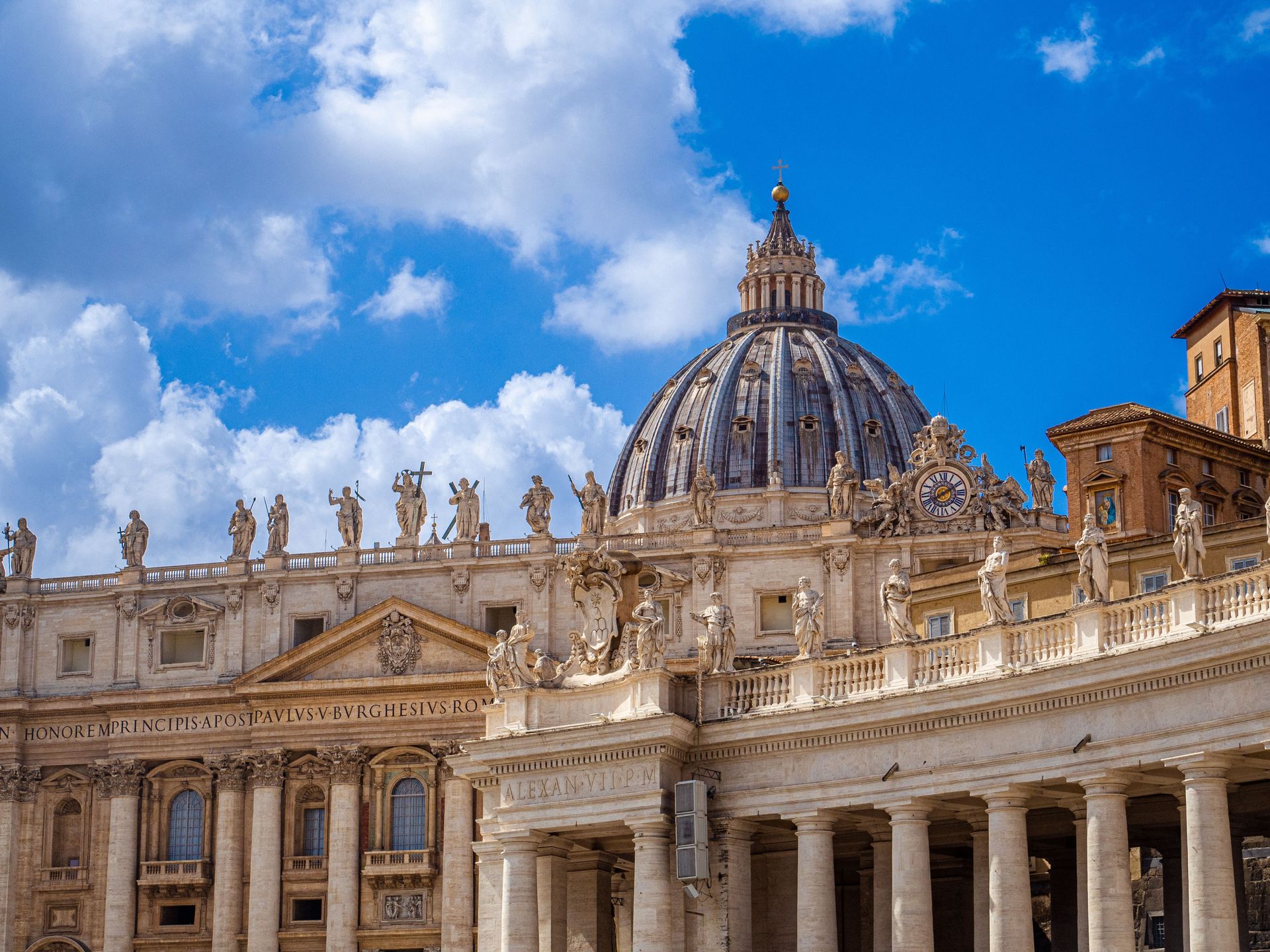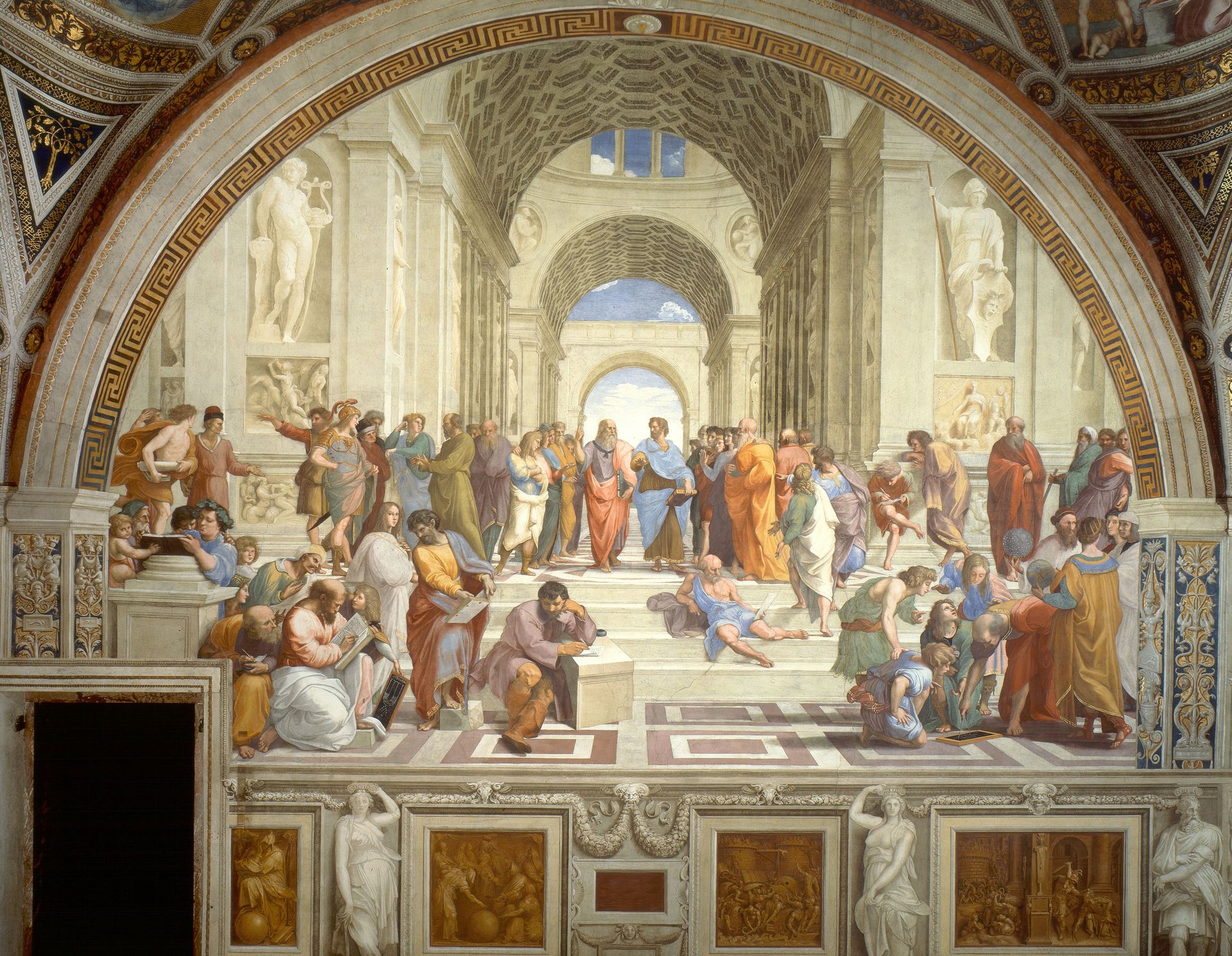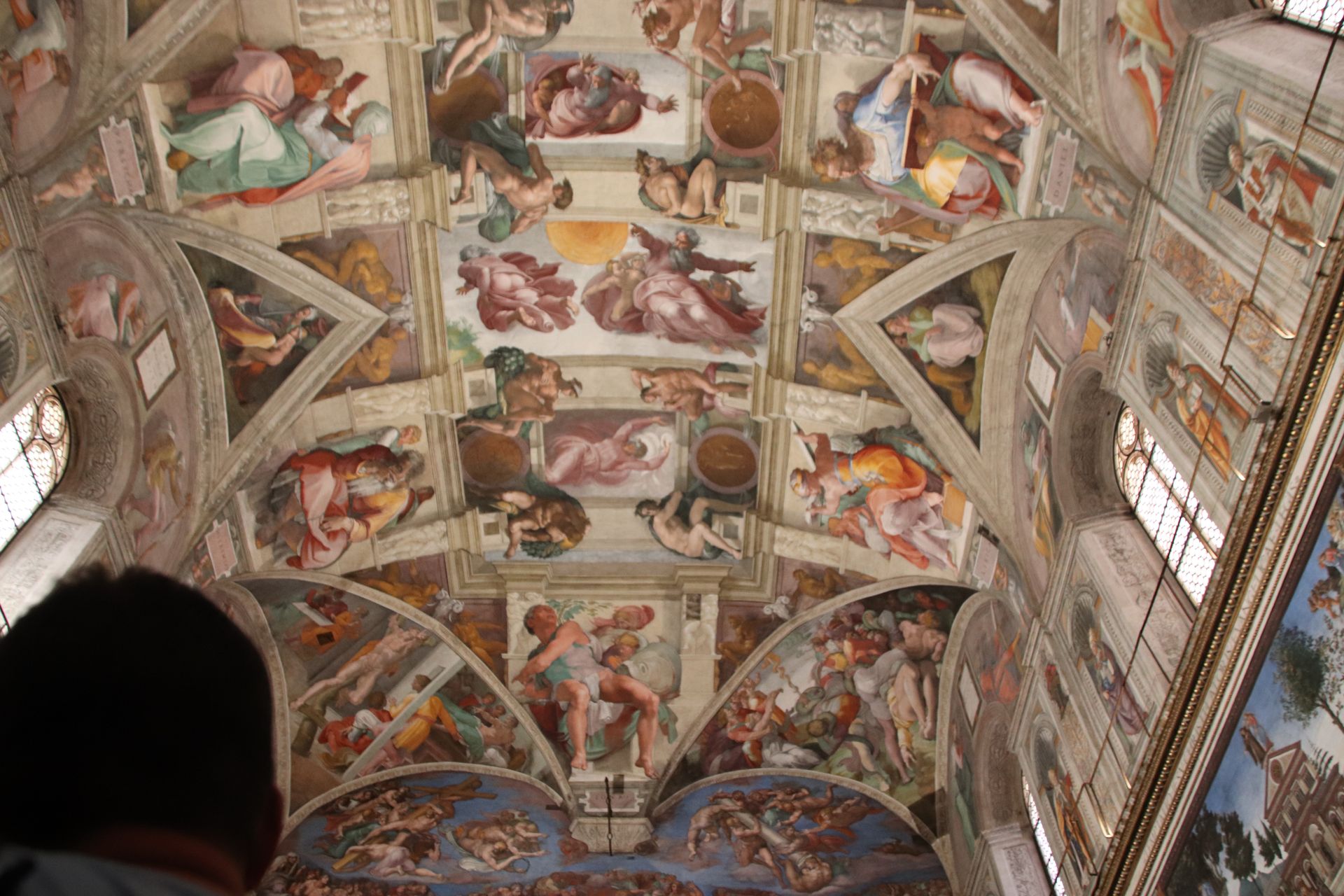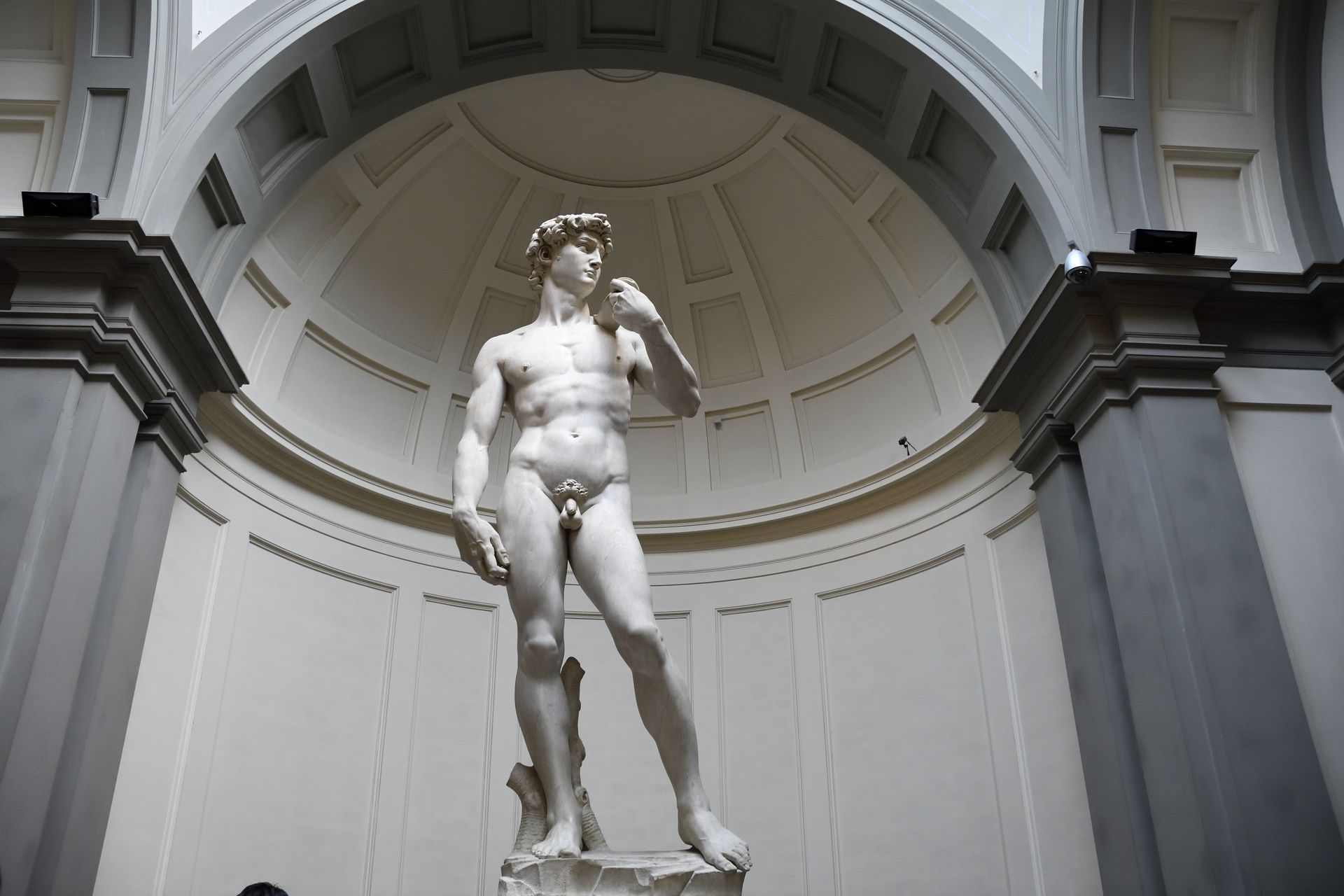🌞 Renaissance Art – Man at the Center of the World
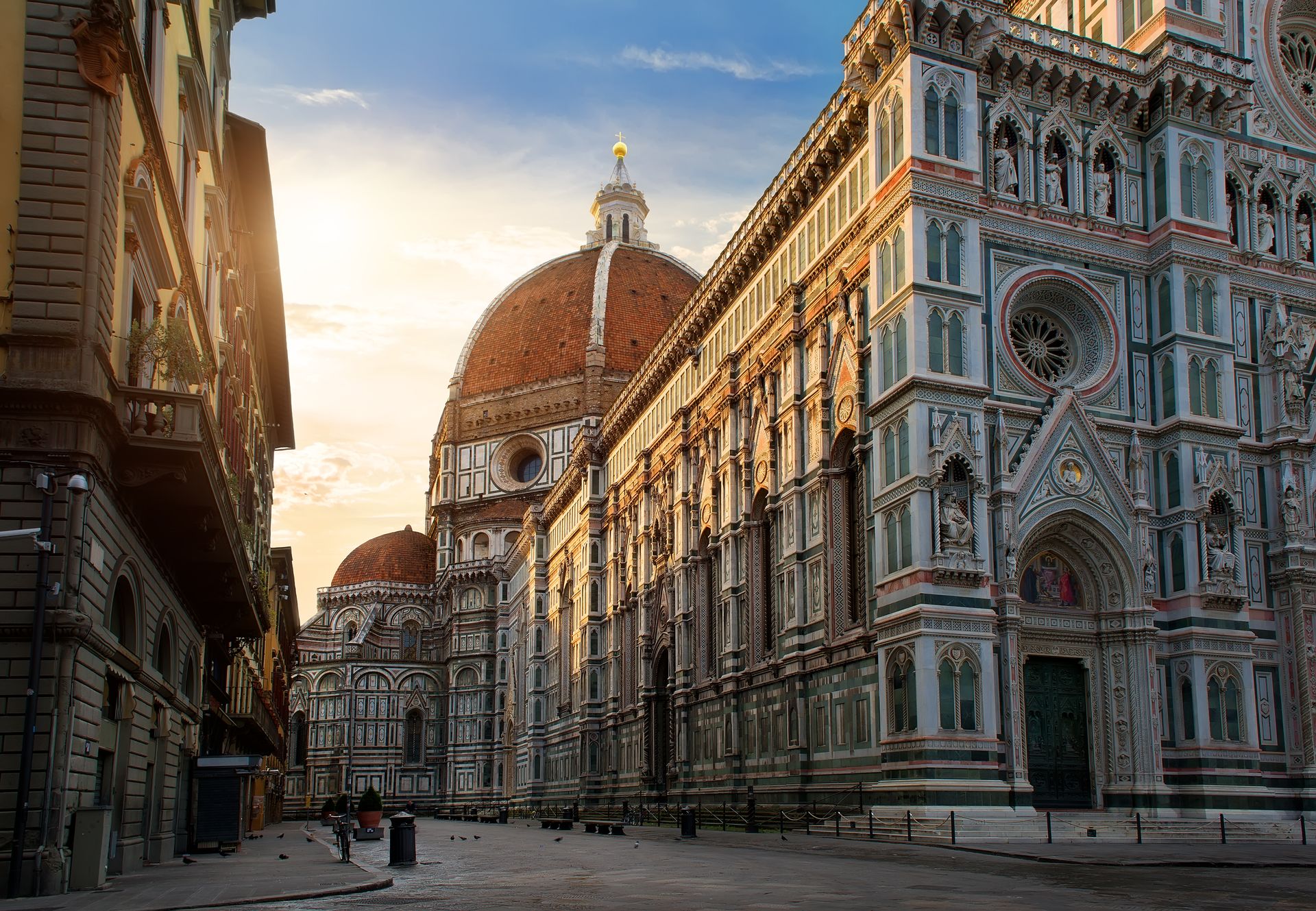
1. Historical Context: The Dawn of a New World
The Renaissance was born in Italy in the 14th century, flourished in the 15th and 16th, and eventually spread across Europe.
It arose in a time of intense intellectual, economic, and cultural ferment.
Humanism: rediscovery of ancient texts (Cicero, Vitruvius, Plato, Aristotle), the study of classical languages, and a return to Greco-Roman sources as models of thought and beauty.
Italian city-states: Florence, Venice, Rome, and Milan became artistic and financial centers where art was a source of prestige and civic identity.
Patronage: the Medici in Florence, the popes in Rome, and princely and imperial courts financed artists and scholars, transforming cities and palaces into showcases of knowledge and power.
The printing press: invented by Gutenberg around 1450, it revolutionized the spread of ideas, allowing humanism and discoveries to circulate rapidly across Europe.
Great discoveries: Columbus, Vasco da Gama, Magellan expanded the geographic horizon and opened Europe to the world.
Scientific revolution: Copernicus, Galileo, Vesalius, and Kepler transformed the understanding of the cosmos, the body, and nature, affirming the primacy of observation and experiment.
Protestant Reformation: beginning in 1517, it fractured Europe’s religious unity and placed the individual before his own conscience, also influencing visual and symbolic culture.
👉 The Renaissance was thus a time of upheaval, introducing a new conception of the world in which man, no longer God alone, became the center of thought and art.
2. Philosophy and Worldview
The Renaissance was guided by humanism: man as a free and creative being, capable of imitating and understanding nature.
He was no longer only a servant of God, but became the center of the cosmos and the measure of all things.
Rediscovery of Antiquity: artists adopted ancient canons of proportion (Vitruvius, Polykleitos), but reinterpreted them with new sensibility, where beauty served both to glorify God and to reveal human dignity.
Harmony of art and science: perspective (geometry and optics), anatomy (dissection and direct observation), and the study of nature. Leonardo da Vinci epitomized this fusion: “Painting is a mental thing.”
Anthropocentrism: man was placed at the center of the universe. Leonardo’s Vitruvian Man symbolized the perfect union of human proportions with cosmic harmony.
The status of the artist: no longer a mere craftsman, the artist became a thinker, an inventor, almost a scientist. The very notion of the “genius” was born in this era.
👉 The Renaissance reconciled sacred and profane, faith and reason, in an aesthetic of clarity, balance, and universal harmony.
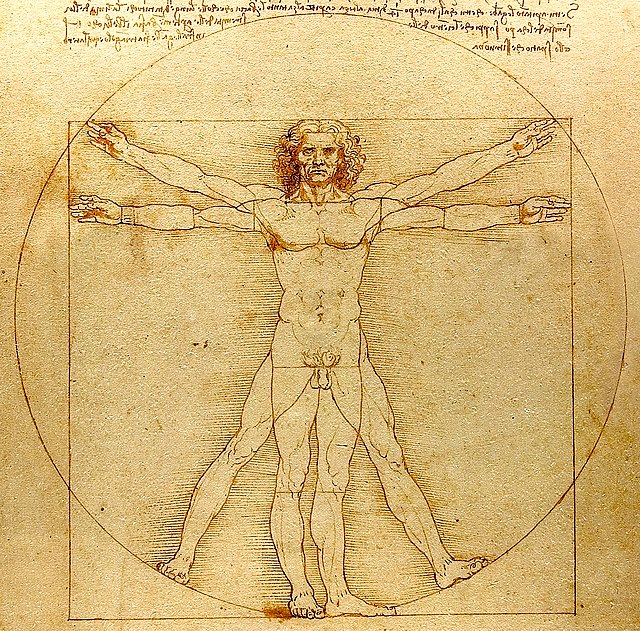
3. Aesthetics and Techniques
Architecture
Inspired by ancient orders (columns, pediments, domes) but recomposed with symmetry, rationality, and clarity.
Brunelleschi invented linear perspective and built the dome of Santa Maria del Fiore in Florence, an unprecedented technical feat.
Bramante and Michelangelo transformed Rome with St. Peter’s Basilica, symbol of renewed spiritual power.
Urban palaces (Palazzo Medici-Riccardi, Urbino) revealed that Renaissance art was as much civic as religious, reflecting human dignity.
Sculpture
Heir to Greek and Roman ideals, but more expressive and realistic.
Donatello (David in bronze), Ghiberti (Gates of Paradise in Florence).
Michelangelo embodied sculptural genius: his David and Pietà united antique ideals, emotional intensity, and spiritual force.
Painting
The revolution came from mastery of perspective and anatomy.
Florence: Masaccio, Botticelli, Leonardo, Michelangelo → rigor, balance, harmony.
Venice: Titian, Veronese, Tintoretto → color, sensuality, vibrant light.
Rome: Raphael, Michelangelo → universal grandeur, formal perfection.
Northern Europe: Van Eyck (oil on canvas), Dürer (engravings, self-portraits), Holbein (humanist portraits) → precision of detail and spiritual intensity.
Decorative Arts and New Techniques
Engraving: Dürer and the German school spread art on a vast scale.
Oil painting: Jan van Eyck and the Flemish school revolutionized depth and texture of colors.
Goldsmithing, medals, tapestries: prestigious supports where material wealth and humanism met.
4. Social Life and Symbolism
The Renaissance was inseparable from patronage, the true engine of art.
In Florence, the Medici funded architects, painters, and sculptors, transforming the city into a “new Athens.”
In Rome, the popes (Julius II, Leo X) commissioned the Sistine Chapel, St. Peter’s Basilica, and the Vatican frescoes: art became the language of both faith and power.
In the North, the dukes of Burgundy, the Habsburgs, and wealthy merchants encouraged Van Eyck, Bruegel, Dürer: humanism also expressed itself in landscapes and daily life.
Renaissance art thus became:
A tool of power: palaces, frescoes, portraits affirmed princely authority and shaped memory.
A universal language: accessible to all, it educated, uplifted, and glorified the city and its patrons.
A spiritual and human quest: showing the greatness of God but also that of man, now placed at the center of the visible world.
This era also witnessed:
The rise of the individual portrait, affirming the dignity of each person.
The creation of art academies, where knowledge was transmitted systematically.
Engraving and printing, which rapidly spread images and humanist ideas throughout Europe.
👉 Renaissance art was not just princely luxury: it became a tool of civilization, symbol of a world where beauty, knowledge, and power intertwined.
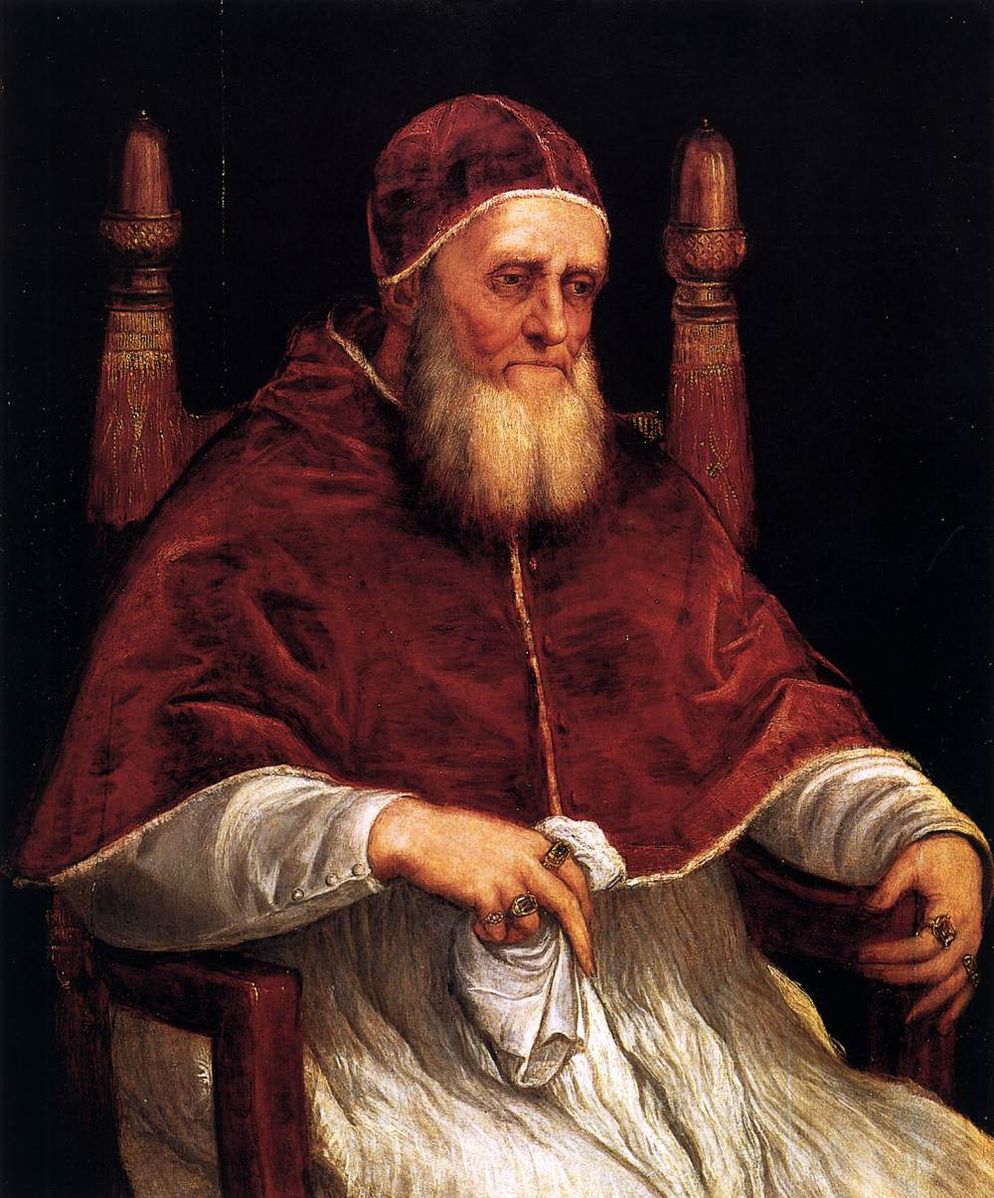
5. Iconic works
1. The Dome of Santa Maria del Fiore (Florence, Brunelleschi)
A founding masterpiece of the Renaissance (1436). The first great dome built since Antiquity, it defied the technical limits of its time. Seen from outside, it crowns Florence as a sign of grandeur; from inside, Vasari and Zuccari’s monumental frescoes transform it into an apocalyptic and celestial vision. It embodies the fusion of engineering, art, and faith.
2. St. Peter’s Basilica, Rome (Bramante, Michelangelo, Raphael, Maderno)
Begun in 1506 and completed in 1626, the largest Christian edifice in the world. Bramante laid its foundations, Michelangelo designed the dome, Maderno raised the façade. A monument of stone and light, St. Peter’s is not just a church but the spiritual, political, and artistic manifesto of the Roman Renaissance.
3. The Sistine Chapel (Michelangelo, Vatican)
Between 1508 and 1512, Michelangelo painted the ceiling: over 500 square meters filled with prophets, sibyls, and scenes from Genesis. The Creation of Adam, with its two nearly touching hands, became the most universal image of the Renaissance. Later, the Last Judgment (1536–1541) completed the Sistine as a painted cathedral of humanity.
4. Michelangelo’s David (Florence, 1504)
Carved from a colossal block of marble, this 5-meter giant embodies the Renaissance ideal of man: perfect beauty, inner strength, dignity. Heir to Greek athletes yet political symbol of Florence, it expresses the new confidence in human force and greatness.
5. The School of Athens (Raphael, Vatican, 1510–1511)
Painted in the Vatican’s Stanza della Segnatura, it gathers Plato, Aristotle, and the great thinkers of Antiquity. Raphael gave them the faces of his contemporaries: Plato resembles Leonardo, Heraclitus evokes Michelangelo. The work becomes a manifesto of humanism: ancient wisdom and modern spirit meeting in a vision of universal harmony.
6. Heritage and Legacy
The Renaissance profoundly transformed Europe and left an enduring heritage:
The modern artist: it created the figure of the individual genius, celebrated for creativity — from Leonardo to Michelangelo.
Dialogue of art and science: perspective, anatomy, observation of nature — art became a laboratory of knowledge, paving the way for modern science.
Universal humanism: it laid the foundations of a new worldview centered on human dignity, knowledge, and beauty as universal values.
Urbanism and architecture: cities, palaces, and churches were reshaped by ideals of harmony and proportion. Florence, Venice, and Rome became models imitated throughout Europe.
Transmission and institutions: academies, libraries, printing, structured patronage — all became frameworks nourishing Western culture up to the 19th century.
The Renaissance was not merely a past era: it created a new horizon of thought, where beauty, knowledge, and creative freedom became pillars of European civilization.
7. Imperion – Heir of the Renaissance
Imperion recognizes itself in the spirit of the Renaissance:
the pursuit of balance between beauty and reason,
the conviction that art reveals human dignity,
the audacity to reinvent the heritage of the past.
Like the masters of the Renaissance, we do not separate aesthetics from thought.
Each creation is conceived as a whole: harmony, message, innovation.
Imperion is a contemporary Renaissance: to make beauty live again, to unite knowledge, proportion, and symbol, and to build an art turned toward eternity.

